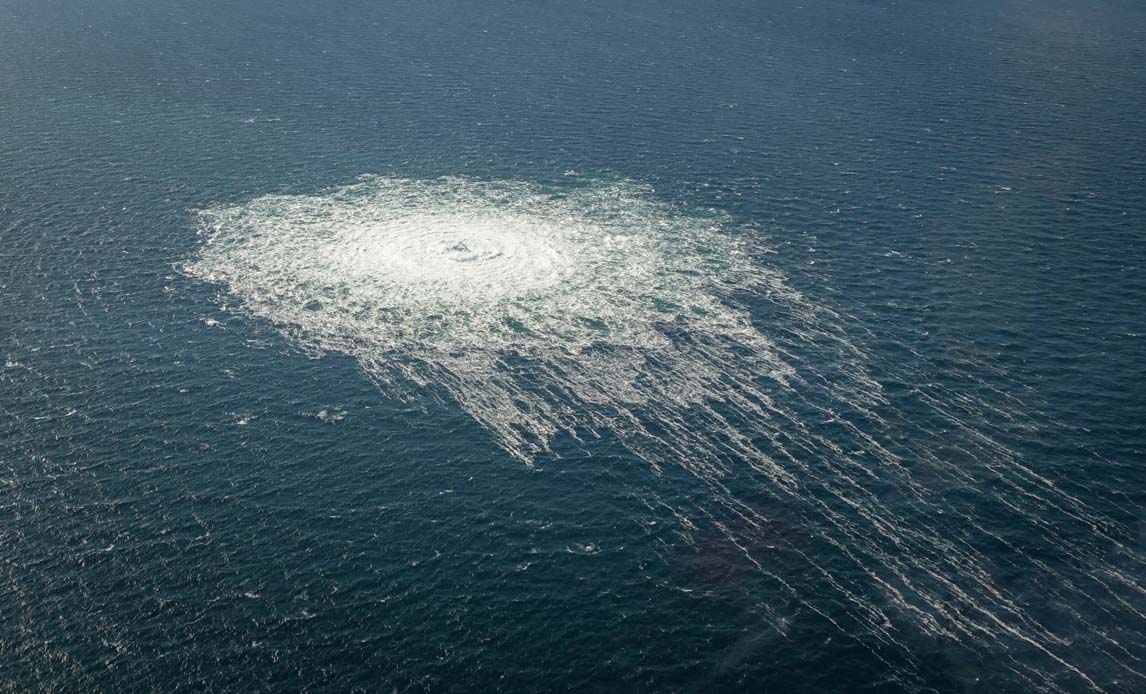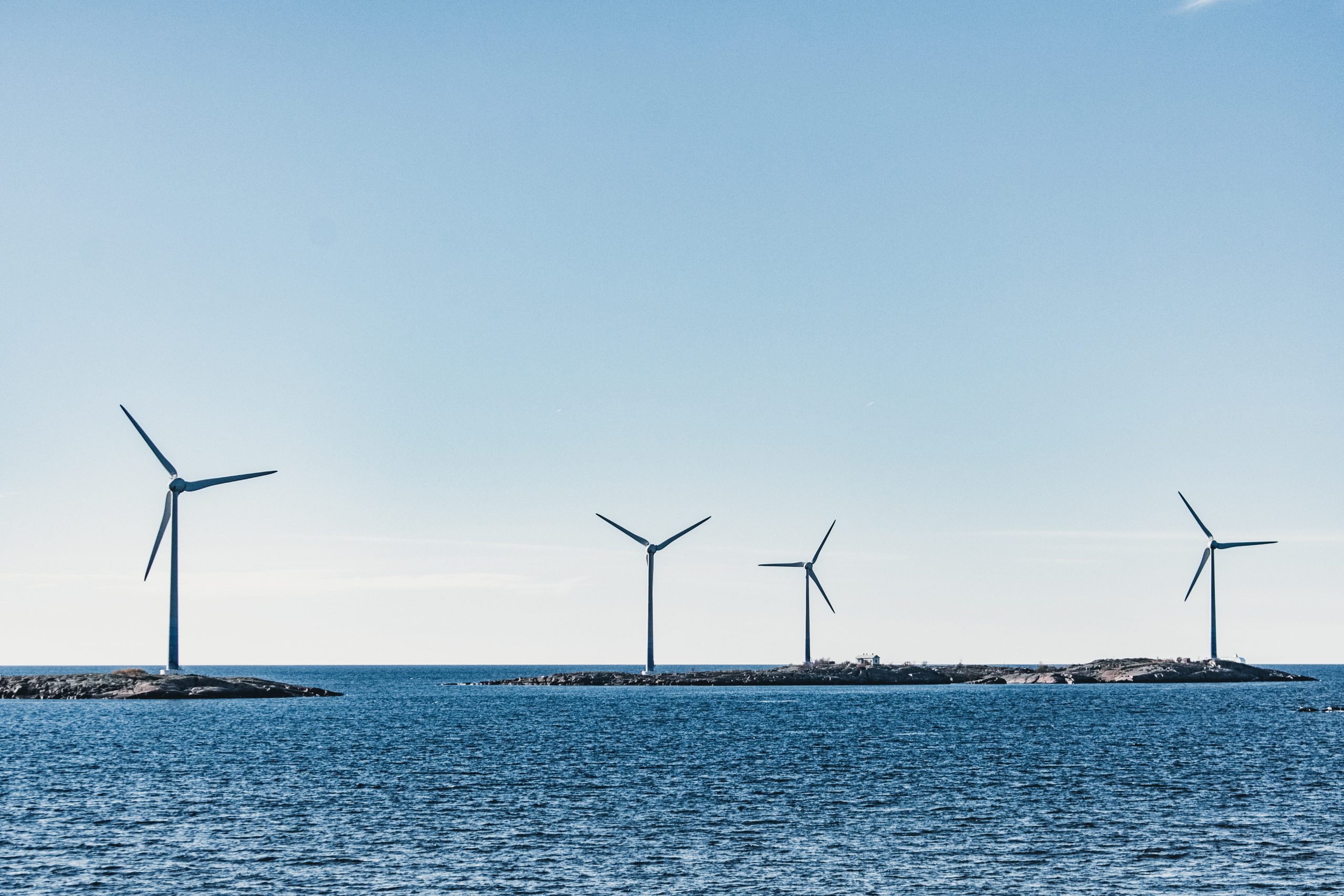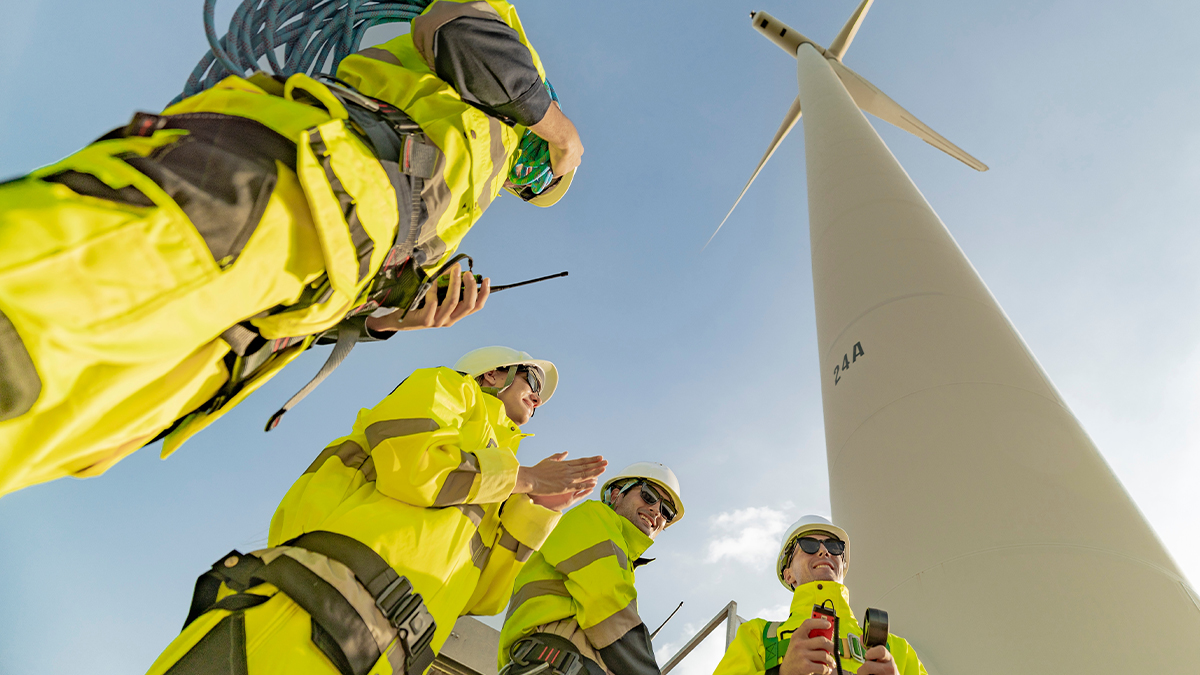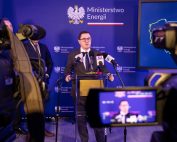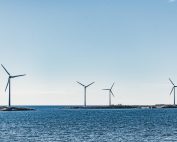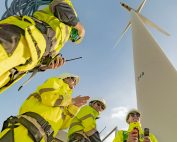When pursuing offshore wind farm projects, it is necessary to consider a variation of risks to ensure their safe operation. The recent events related to the explosions that damaged the Nord Stream I and II pipelines further highlight such necessity, writes PhD Rafal Miętkiewicz, Assistant Professor at the Polish Naval Academy of the Heroes of Westerplatte in Gdynia and Expert at the I. Łukasiewicz Energy Policy Institute, in a commentary for BalticWind.EU.
The events surrounding the alleged acts of sabotage on the Nord Stream 1 and Nord Stream 2 pipelines, which took place in September 2022 in the waters of the Exclusive Economic Zones of Denmark and Sweden, shed a new light on the issue of safety of this type of infrastructure operating in the offshore domain. The development of offshore wind energy in the Baltic, viewed no longer only from the perspective of Poland but of most of the Baltic Sea’s coastal states’ strategic plans, in the context of the complicated geopolitical situation in the region, dictates the initiation of a wide-ranging discussion on maintaining the security of offshore areas and offshore wind farms (as well as infrastructure of strategic importance sited at sea). These issues, so far mostly viewed in terms of “cost generation” for the need to secure offshore wind farms (alongside other facilities of similar purpose) from threats that were never supposed to happen (or whose probability of occurrence was considered negligible) are – unfortunately – gaining significant importance. This is despite the functioning opinion of a highly exercised control resulting from permanent monitoring of the Baltic areas (which is actually true) by countries located along its shores. After all, the NS1 and NS2 incidents took place in the maritime areas (EEZ) of highly developed countries. Secondly, the discussion seems necessary in the context of announcing, by numerous commentators, the Baltic Sea an inner sea of NATO (in the aspect of the ongoing accession procedures of Sweden and Finland to the Alliance). At the same time, it turns out that the maritime domain, especially its lower semisphere encompassing its seawater and seabed, still remains an area of not only freedom but also many opportunities for achieving an advantage in actions against sensitive targets that could potentially threaten state’s energy security. At the same time, it should be noted that elements related to the implementation of international energy projects, such as the “Baltic Energy Ring” in the form of a construction of cross-border connections between the Baltic countries, also includes undersea power lines, as well as fiber-optic (telecommunications) lines hundreds of kilometers of length. In the era of the development of offshore wind energy, as a pillar of transformation and building the resilience of countries to disruptions in electricity supply, these issues are rising to be significant challenges.
Technological potential, coupled with the unpredictability of moves and determination to create threats and incidents aimed at influencing (coercing) states in opposition to the strategic policy goals of the Russian Federation, creates a dangerous nexus indicating the increasing risk of emergencies created at sea. At the same time, the maritime domain (midwater) is a space in which it is extremely difficult to prove any actions to the perpetrators. A simple example is the use of sea mines, which, thanks to the use of technical solutions, can remain dormant for weeks, or attack selective targets. The above indicates that in the absence of security systems, even unsophisticated attacks using high explosive weights can succeed when carried out by specialized units. Such attacks can be carried out by professional sabotage groups capable of operating at depths of several tens of meters, or with the use of miniature submarines or maritime autonomous systems, as well as adapted to the role of mother ships – civilian ships carrying out daily research tasks.
While describing offshore wind farms, which will soon appear in Polish maritime areas in the coming years, one can point out several key features that characterize these facilities as infrastructure exposed to a whole range of threats and therefore requiring protection.
The first important aspect is the fact that Polish offshore farms are objects located at a significant distance from the shore (the closest will be at a minimum distance equal to the border of territorial waters – 12 nautical miles, about 22 km from the coastline), and even – in the case of selected investments – very far from the shore (several dozen km in the outer limits of the exclusive economic zone). This increases the response time in case of the need to respond with resources located on shore (aerial systems) or in ports (e.g. ships). Another important factor is that the Baltic Sea remains one of the most congested sea areas, which creates potential opportunities for masking hostile activity. Numerous maritime transportation routes run along the borders of offshore wind farms. Of course, it can be assumed that wind farm areas will be patrolled in a similar way to oil fields operated with oil rigs: by guard ships. In Polish conditions, if such solutions are adopted, it is worth considering what kind of units these would be and to whom they would be subordinate (the resulting scope of competence).
Secondly, offshore wind farms include wind turbines, transformer stations and numerous submarine connections with different purposes. Thus, we are dealing with facilities located at the interface of environments. Towers and elements responsible for energy production (nacelles) are located high above the water surface. On the other hand, under the water (in Polish conditions at depths of up to several dozens of meters), there are structural elements nested in the seabed (depending on the solutions chosen), to a depth of another several dozens of meters. The seabed is the area where properly secured transmission lines are laid to connect individual turbines with each other and substations (artificial island), as well as bring the produced power ashore for incorporation into the onshore power system. Taken as a whole, an offshore wind farm is a vast offshore area, with dozens of turbines, several substations and hundreds of kilometers of underwater cables converging at specific points to finally send the produced power to the consumer or storage facilities (e.g., in the form of developing hydrogen technologies using surplus energy from renewable sources – so-called green hydrogen). It is noteworthy that all elements of an offshore wind farm are more or less exposed to the hazards of the lower semisphere. The area requiring monitoring and protection, in terms of overall OWE development plans in Polish maritime areas is huge and at the same time diverse (bathymetry, hydrology, legal statute of bodies of water). Therefore, it is necessary to start a discussion on the issue of protection of offshore wind farms taking into account the above aspects.
When carrying out strategic investments of key importance for the country’s energy security based on access to the sea, including both the supply of hydrocarbons and the production and transfer of electricity, it is important to fulfill obligations related to the protection of infrastructure operating at sea and at the interface between land and sea. At the same time, it should be borne in mind that a potential adversary, in pursuit of his goals, is ready to exceed the limits of the provisions of international law, moral and ethical norms, characterized by unpredictability and irrationality of action. At the same time, the maritime domain seems to be an area of great potential for the creation of incidents designed to shape the situation in which the strategic objectives of the party directly or indirectly undertaking the attacks will be achieved.
